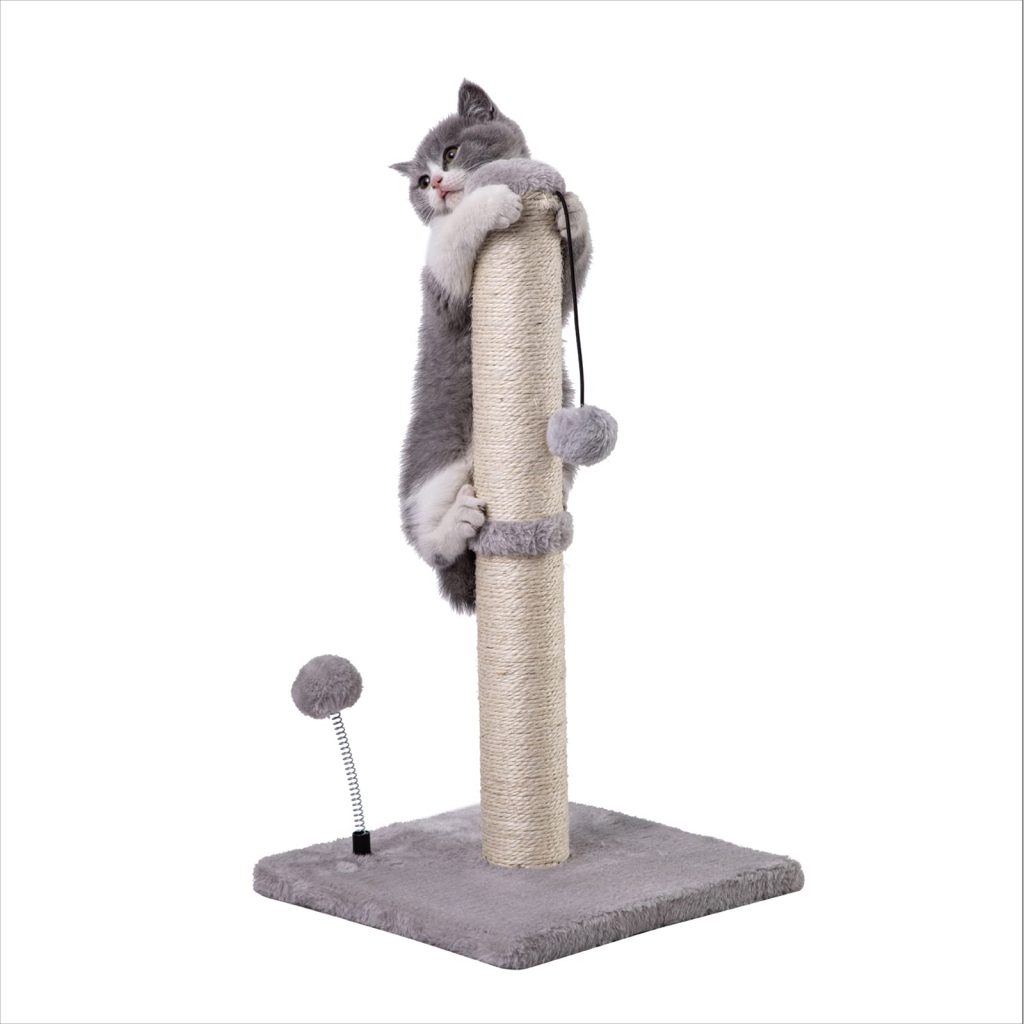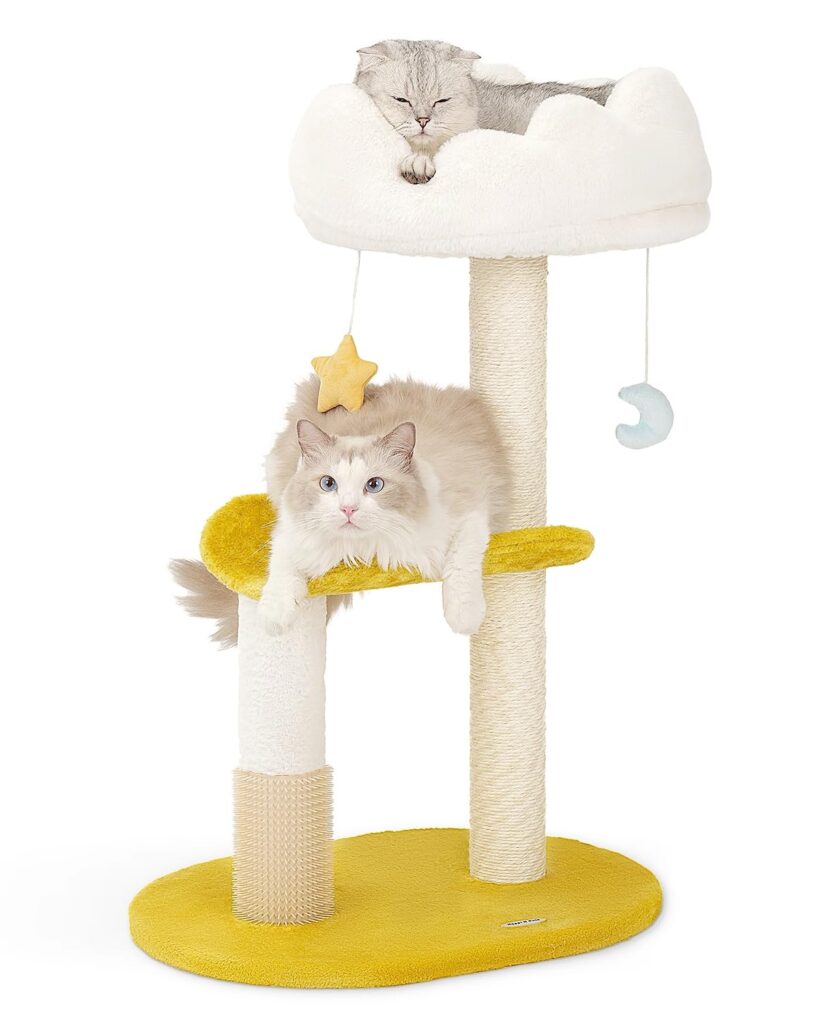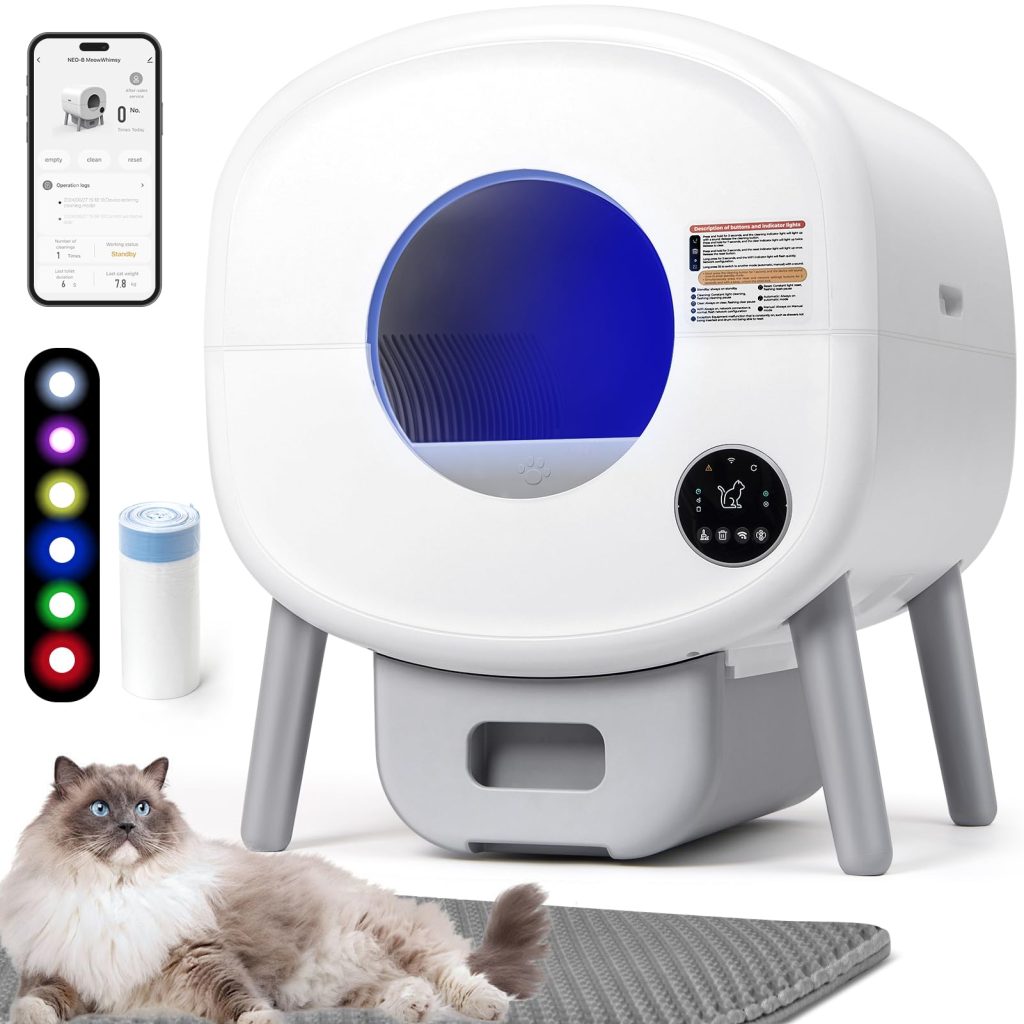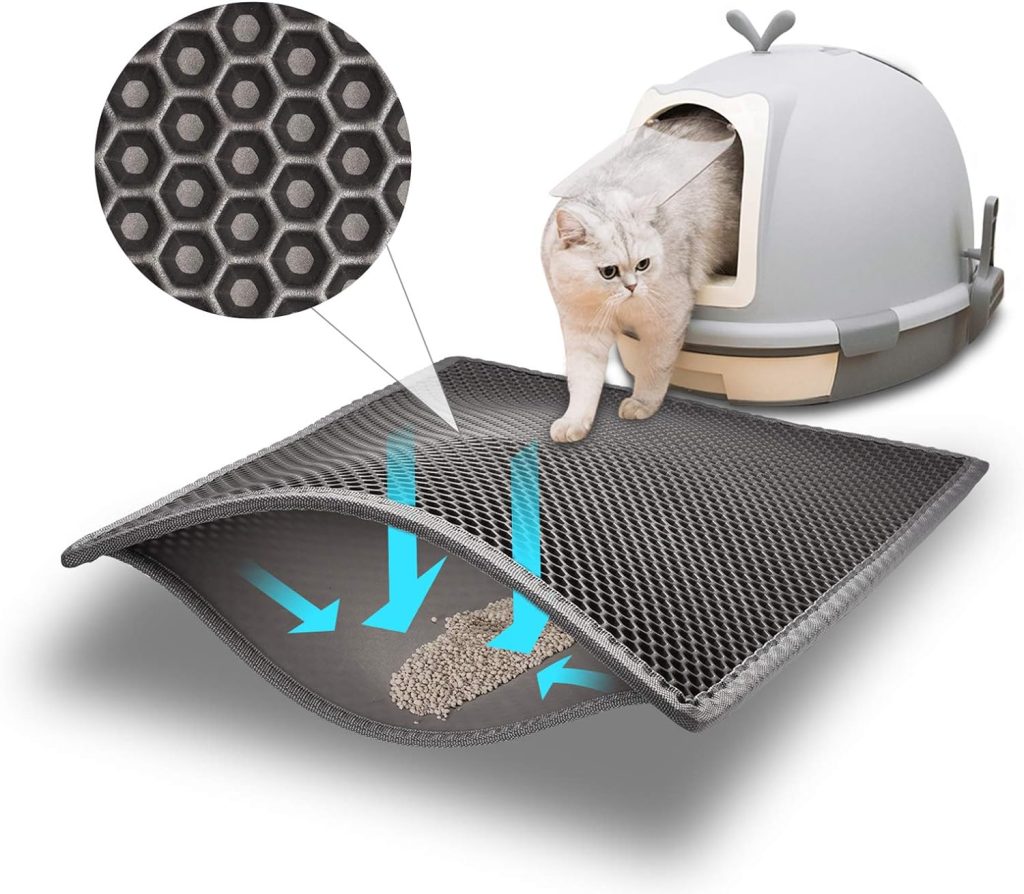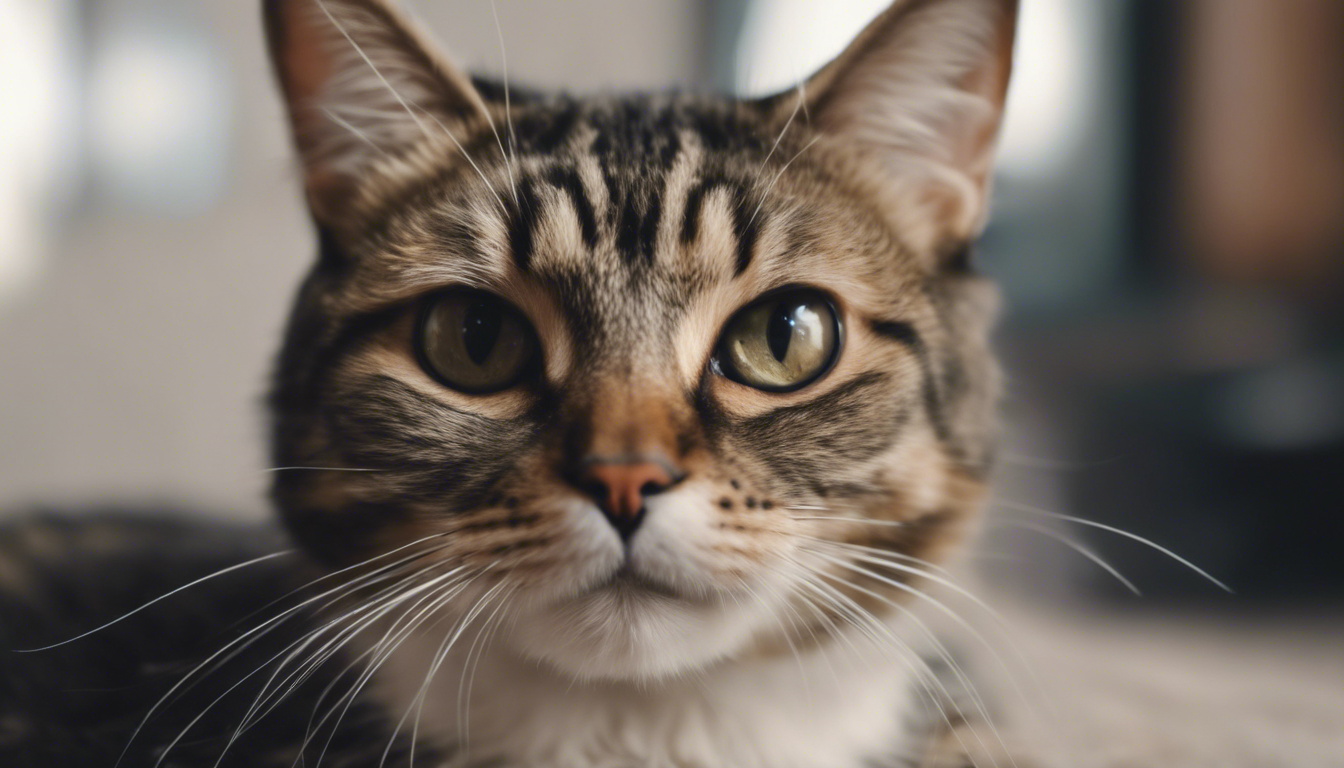
Understanding the basics of feline grooming
Getting to grips with feline grooming doesn’t need to be a challenge; in fact, it can be a purr-fectly enjoyable time for you and your furry friend! Cats are known for their exceptional self-cleaning habits, but that doesn’t mean they can’t use a little helping hand from their favorite human. The essence of grooming isn’t just about keeping your cat’s coat shiny; it’s also about bonding, checking for any health concerns, and ensuring their comfort.
First off, know that your furball is equipped with its own miniature grooming kit – their tongue, teeth, and paws. They’re adept at licking their coat to remove dirt and loose hair. However, as dutiful as they are in their personal hygiene, there are areas they can’t reach and scenarios where they’ll appreciate your aid. Pay special attention if you have a long-haired variety like a Persian or Maine Coon, as they’re more prone to tangles and mats.
Grooming sessions are not just for appearance but are a scan for your cat’s well-being. As you brush, look for bumps, cuts, ticks, fleas, or anything out of the ordinary. It’s essential to establish a routine early on; kittens that get accustomed to grooming grow up to be adults who are less likely to put up a fight during these sessions. Plus, regular grooming minimizes hairballs – which is good news for both your cat and your carpet!
Consider of grooming as a threefold advantage – it’s a check-up, spa day, and love fest all rolled into one. It strengthens your bond and keeps your cat looking their best. And remember, all grooming should be done gently as cats are sensitive creatures; always watch for cues that your kitty is getting stressed or agitated. With a calm, soothing approach, you’ll be on your way to becoming a grooming pro in no time!
Selecting the right grooming tools for your cat
Like choosing the right attractions for a theme park, selecting the appropriate grooming tools for your cat can make a world of difference. Cats are unique creatures with varying coat types, skin sensitivities, and personalities, all of which call for a tailored approach to grooming.
An absolute must-have in your arsenal is a good quality brush or comb. Here’s where the variety of your cat’s coat comes into play. A sleek, short-haired cat like a Siamese will benefit from a fine-toothed comb or a soft-bristled brush to keep their coat sleek and shiny. On the other hand, a long-furred feline friend might call for a wide-toothed comb or a rake-style brush to gently untangle those inevitable knots without any fuss.
- For a short to medium coat, look for slicker brushes or soft bristle brushes.
- Long-haired beauties will require a bit more kit — consider wide-toothed combs, undercoat rakes, and even dematting tools.
- A pin brush can be a versatile option, suitable for many coat types and effective at removing loose hair and debris.
Don’t forget the nail clippers! Keeping your cat’s claws trimmed is not only beneficial for your furniture but also essential for your cat’s health. For this task, you’ll want to use specially designed feline nail clippers that offer precision and safety.
If the sound of shears leaves your cat spooked, ponder a nail grinder, which can gently file down the nails instead. And, of course, we can’t overlook the importance of dental hygiene; a finger toothbrush or a cat-specific toothbrush paired with feline-friendly toothpaste can keep those pearly whites healthy.
For those inevitable moments of mess, invest in good quality cat-friendly wipes or a gentle grooming shampoo for a full wash. Note that bath time is typically rare and not all cats need it frequently, so consult with a vet regarding your particular feline’s needs.
While shopping for these tools, go for ergonomically designed handles that are comfortable for both you and your cat. Remember, the more at ease you are, the more relaxed your cat will likely be during grooming sessions. Ask your local pet store or veterinarian for recommendations — they’re your allies in this furry endeavor.
Selecting the correct tools not only ensures a tidy coat but also makes the entire process enjoyable. As your toolkit grows, so does the likelihood of smooth, purr-filled grooming sessions that both you and your cat can look forward to.
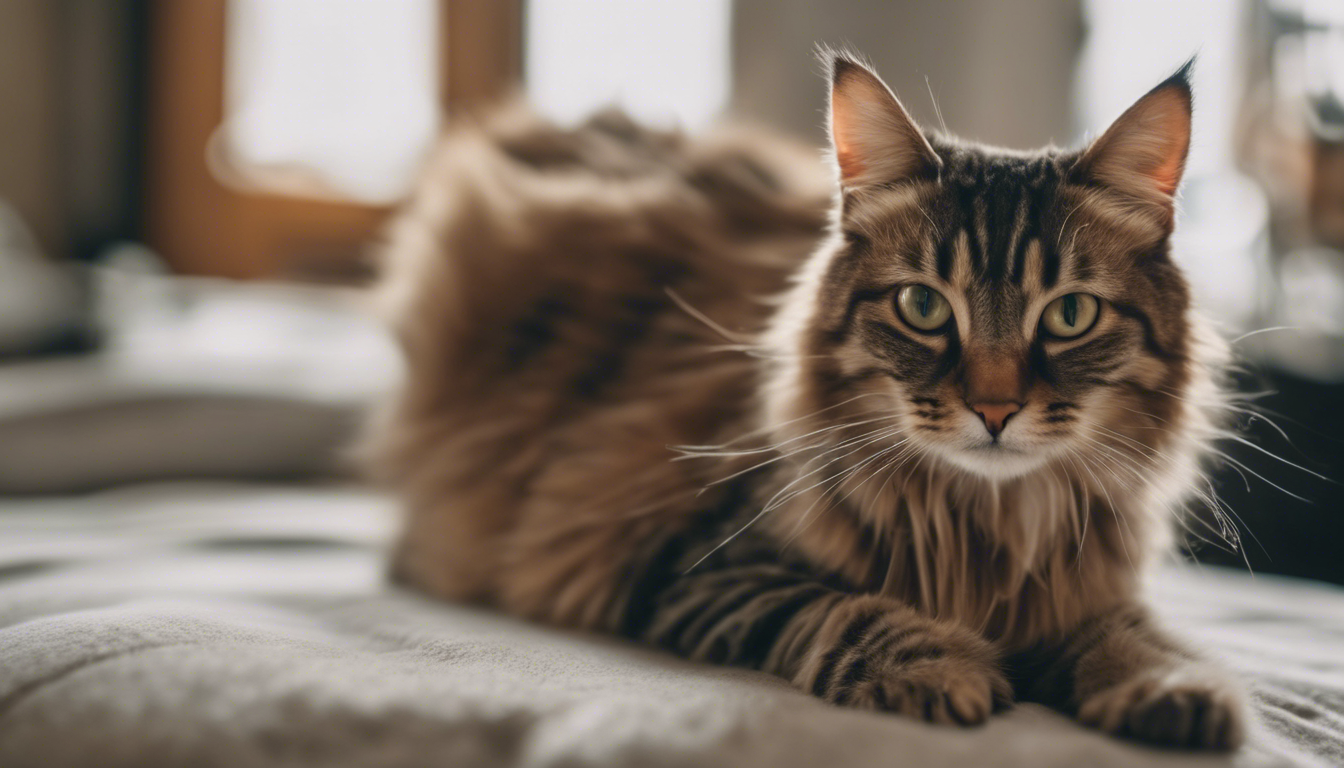
Step-by-step guide to grooming your cat
Starting off, it’s best to find a quiet, comfortable spot where you can sit with your cat. Make sure the lighting is good so you can easily spot any irregularities in their skin or coat. Gently place your cat in your lap or on a table at a comfortable height – you don’t want to be stooping or reaching awkwardly. Then, slowly introduce your grooming tools, allowing your cat to sniff and get familiar with them; this can help reduce any anxiety or surprise.
Begin with the brushing, which can be quite a lovely experience for your cat. Using the appropriate brush for your cat’s coat type, start at the head and gently work your way down the body. Always brush in the direction of hair growth to ensure you are not pulling their skin. Long strokes tend to work well, and for long-haired cats, you might need to separate layers of fur to get down to the undercoat. The key is to be gentle; you want your cat to feel pampered, not pestered.
Once you’ve brushed the top coat, you can switch to a comb to work through any smaller knots or to remove more loose fur. The best method is to hold the base of the hair as you comb to avoid tugging the skin. If you hit a snag, don’t force it – work gently around the mat until you can ease it apart.
Up next, let’s tackle the nails. Hold your cat’s paw firmly, but delicately. Gently press the paw pads to extend the claws, and trim the tips – avoid cutting too close to the quick, where blood vessels and nerves reside. If you are unsure about how much to cut, consult a vet or a groomer. But don’t sweat if you clip a tad too close; just ensure you have some styptic powder or another clotting agent on hand to stop any bleeding.
With brushing and nail-trimming done, it’s time for the ears. Use a soft, damp cloth to wipe the outer ear flaps, but never insert anything into the ear canal. If your cat’s ears seem dirty or they’re shaking their head a lot, consult a vet since they might require medical attention.
If you’ve noticed your kitty’s breath could use a little freshening up, dental care is next. Lift their lips and use a cat-specific toothbrush and toothpaste to gently brush their teeth. If they’re not fans of the brush, dental wipes or toys designed to clean teeth can be handy alternatives.
Lastly, for cats that tolerate water, a bath might be on the books. Always use a cat-specific shampoo, and ensure the water is comfortably warm but not hot. Some cats might prefer a no-rinse foam or wipes for a waterless bath experience.
Throughout your grooming session, remember to reward your cat with treats and soothing words. This reinforces positive associations with grooming, making future sessions easier. If your cat becomes too stressed, it’s perfectly fine to take breaks or even spread grooming activities over several days.
Being patient and consistent with your approach will go a long way in making grooming a serene and beneficial activity for your cat. Trust me, your kitty will thank you with purrs and cuddles, and you’ll be rewarded with the satisfaction of knowing you’re contributing to their well-being.
Addressing common grooming challenges and solutions
When embarking on the adventure of grooming your cat, you may encounter a few hiccups along the way. One common challenge is dealing with mats and tangles, especially in long-haired breeds. These troublesome knots can be difficult because if you tug too hard, you risk hurting your feline and souring their mood towards grooming.
To tackle mats, you’ll want to approach with a calm demeanor and plenty of patience. Use a dematting tool or a wide-toothed comb to slowly work through the tangle. Should you encounter resistance, try a detangling spray made for cats, which can soften the hair and make the process easier. Avoid using scissors unless absolutely necessary, as one wrong move could nick your cat’s skin.
Dealing with a water-averse cat during bath time? While most felines are not fans of getting wet, bathing can sometimes be unavoidable. To minimize stress, ensure the water level is low, and speak to your cat in a soothing voice throughout the bath. Placing a rubber mat in the sink or tub can provide more secure footing and help them feel a bit more in control. Also, ponder offering them treats during and after the bath to create a positive association with the activity.
Are hairballs hacking into your cat’s happiness? Regular grooming significantly reduces the amount of hair ingested during self-cleaning, which in turn minimizes these unpleasant occurrences. If hairballs persist, consult with your vet about incorporating a hairball remedy or specialized diet to help manage the problem.
What about those scratchy claw sessions? If your feline friend isn’t fond of having their nails trimmed, start by touching their paws more frequently during times of relaxation to desensitize them. You could also try trimming just one or two claws at a time instead of all in one sitting. For extra anxiety-prone cats, consider using a nail grinder, which can reduce the stress associated with the clipping sensation.
If you are navigating the tricky terrain of ear cleaning and your cat is not having it, restrain the practice to only when necessary. Excessive ear cleaning can lead to irritation or even infection. Spot cleaning visible debris with a cat-specific ear cleaner is the safest route. Let your vet handle any serious ear cleaning during regular check-ups.
Lastly, dental care can be particularly daunting. If a toothbrush seems like your worst nightmare come to life, start with dental wipes or additives in their water. Gradually introduce the brush over several sessions, and always use toothpaste made for cats—never human toothpaste, as it can be toxic to them.
Remember, the key to overcoming grooming challenges lies in a gentle, empathetic approach. Always observe your cat’s reactions and adapt accordingly. When faced with a particularly tough dilemma, don’t hesitate to ask for professional advice. With time, patience, and the right approach, your cat’s grooming sessions can become a pleasant routine you both enjoy.

